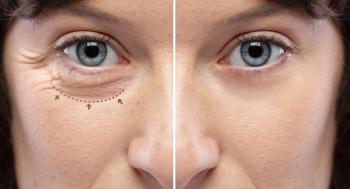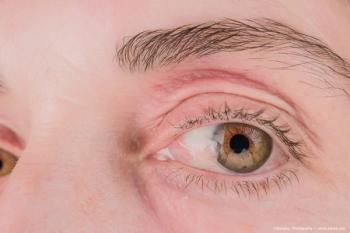
Are we all pretty much the same?
This physician's belief is that physicians tend to think of everyone as being different, because it's a physician's duty to do so.
In the Americas, Brazilians often are described as being the nicest and friendliest of people, followed by Costa Ricans. Having visited both countries, I personally can attest to how friendly and helpful their citizens are to a U.S. visitor, whose facility with their languages is minimal.
In the United States, when citizens celebrate a team's championship in basketball or football, we've come to expect riots. In Brazil, people celebrate by playing music in the streets and dancing.
I have many good Brazilian friends who are great ophthalmologists. All speak excellent English. Recently, I began listening to instructional CDs in my car, with the goal of one day conversing with them in their language: Portuguese.
All this is by way of preamble to something that made me think we are not so different. Speaking with an ophthalmologist-friend one day, I told him of my concern about my daughter. She is a pre-med student, eventually wanting to become a pediatric heart surgeon. Always a serious student, she works extremely hard to get the GPA that medical schools require, is a long-distance runner, and spends her summers happily doing research in dog labs or medical clinics.
She also is very pretty. I realize all fathers think this about their daughters, but everyone else tells me it's true.
"Most pretty college girls are going to many more parties than you are, honey. Are you sure you want to work so much?" I've asked her. My friend says not to worry, that my daughter will figure out what she enjoys.
The next morning, during my commute to work, I listened to my CD. A Brazilian man shared that he was worried about his daughter.
He says: "Ela quer ser médica" [She wants to be a physician] and "Ela estuda demais" [She studies too much]. It struck me as humorous to be learning to say in Portuguese exactly what I had told my friend in English the night before. It made me think that we (fathers, anyway) have similar concerns no matter what language we speak.
Newsletter
Don’t miss out—get Ophthalmology Times updates on the latest clinical advancements and expert interviews, straight to your inbox.













































.png)


